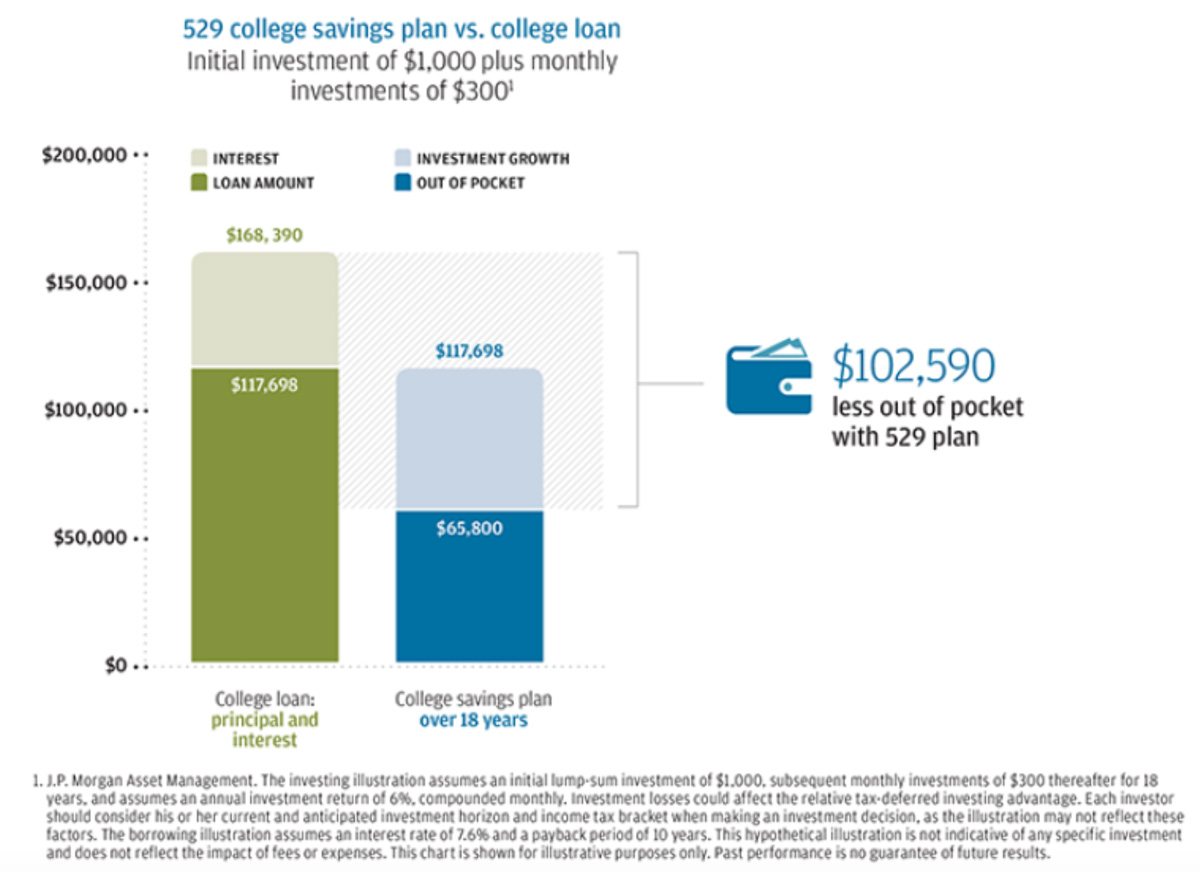Mid-Year update
As summer feels like it is finally underway after a soggy start, the markets have had anything but a soggy start to the year. The first half of 2019 ended on a strong note, as the U.S. and China seemed to resume negotiations with a constructive air. This is the best first half of the year the S&P 500 has experienced since 1997, as it posted a 18.54% gain.
Interest rates
Bonds have also enjoyed strong results this year, with the Barclays US Aggregate Bond Index up 6.11%. The Federal Reserve left rates unchanged again in June, but has made a complete about-face over the first half of the year, from projecting multiple interest rate increases to a majority of officials now thinking rates will be lower by year-end. This comes on the heels of steady interest rate increases since 2015. The dispute over trade policy between the U.S. and China and imposition of tariffs is the main stimulus behind this thinking. This change by the Federal Reserve of wanting to reduce rates rather than raise rates (also referred to as a more dovish stance) has given a strong boost to domestic bonds as well as emerging market debt. The market has already priced in two interest rate cuts by year-end and two more in 2020. While this aggressive rate cut schedule may not fully play out (just as the three rate increases forecast for 2019 at the end of 2018 did not happen), the Federal Reserve has clearly signaled a softening economy.
Economic Snapshot
If you look at the economy and set aside the risks from the trade war, you see a pretty strong current picture; however, some of the positive signs are getting less and less positive. The expansion we have been in for so long could continue a while longer, but it seems to have less wind in its sails than it did just a year ago.
Retail Sales have come in very strong for the first half of the year, on the heels of some of the strongest readings on consumer confidence since the mid-2000s.
The Unemployment Rate, 3.6%, is at the lowest level since December 1969. The labor market remains very tight, and wages are increasing at a pace higher than inflation. This supports the high consumer confidence number and consumer spending, which is such a large part of our economy.
Inflation remains subdued with both headline and core CPI coming in at 2% or less, despite the pickup in wage inflation. Tariffs could start to increase pressure here, but we haven’t seen this flow through to the data yet.
Housing prices have been on the decline over the past year; however, the Federal Reserve’s recent change in stance on interest rates could give another slight temporary boon to this market.
Risks that could increase market volatility
Another breakdown in U.S. China trade negotiations, which could cause an abrupt pullback in markets. The tariffs in place now would start to have longer-term impact on inputs for producing goods. Businesses impacted by the tariffs would have to either cut costs elsewhere – think layoffs and discontinuing of capital expenditures – or pass the price increase along to the end consumer. Either way, this alone could start to push the economy into recession. This wildcard could have far-reaching impacts on our economy and we are closely watching developments..
The Federal Reserve not following through on cutting interest rates, as the markets are currently anticipating. The futures markets have priced in nearly four rate increases over the next 18 months. If the Fed doesn’t cut rates, we may see market rates back on the rise, meaning a short-term potential slowdown in bond returns and some headwinds for emerging market debt.
An escalation in tensions between the U.S. and Iran, which has started to affect oil prices in a negative way, although prices are still lower than they were a year ago. A sharp increase in oil prices affects consumer confidence and spending, while also putting pressure on inflation to the upside. Oil rising very quickly to high levels is often an early signal of recession
Our investment committee meets monthly and informally talks every day, if needed, regarding developments in headline risks and the economy. Sometimes, these discussions result in action, and sometimes, we take a wait-and-see approach, with an eye toward certain indicators. Right now, we continue to monitor the inversion of the yield curve, as well as the weekly initial claims for unemployment insurance from the Federal Reserve Bank of St. Louis. Both data points can be leading economic indicators that may give us some early warning signs. While we think the year should finish in positive territory, we remain cautious with our outlook for 2020.
We continue to hear great feedback on our new Client portal! We have a new instructional video to help you learn how to navigate if you are already using the portal, but also to let you know what information you could see by signing up. If you are interested, please reach out to us so we can send you the link to activate it!




















